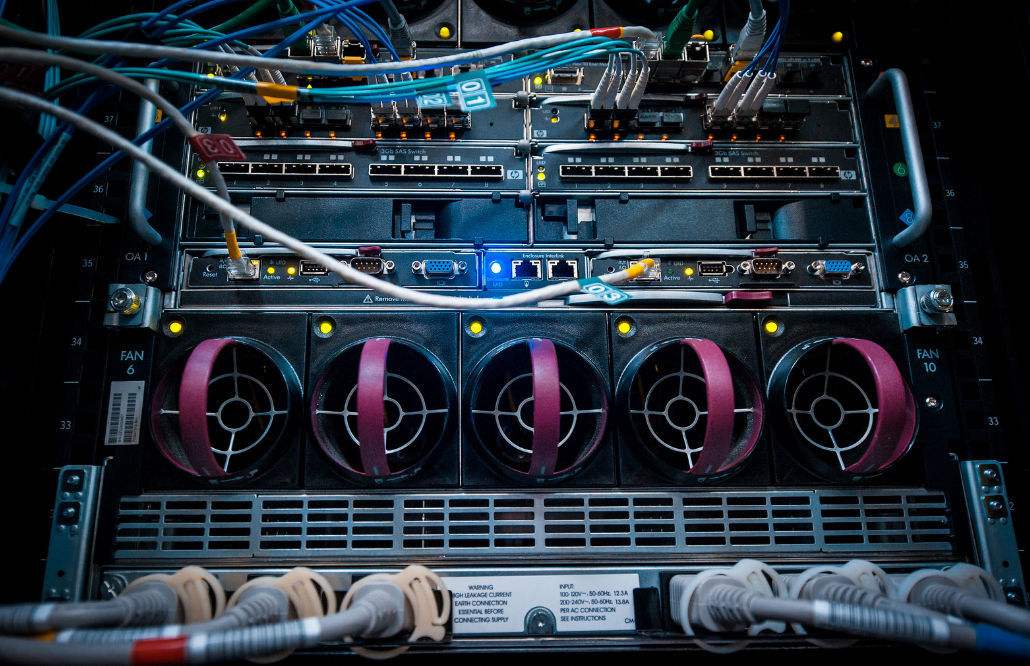The hidden state of the substance will speed up the computer 10 times
An international group of scientists with the participation of Professor NRA “MISiS” Sergey Brazovskiy presented studies of high-layered tantalum disulfide material, which showed that its resistance can be changed at a uniquely high speed, turning it from an electrical conductor into an insulator and back. Ultra-fast "switching" allows you to use the material in the newest electronics as a non-volatile memory element of a new generation.

In May 2016, the journal Nature Communications published an article1 on the results of a study that synthesized the theoretical work of Professor Sergei Brazovsky, performed at NITU “MISIS” and the National Center for Scientific Research (CNRS, France) and the experiment conducted under the guidance of Professor Dragan Mikhailovich at the Institute Josef Stefan in Ljubljana (Slovenia).
Professor Sergey Brazovsky managed to build a theoretical description of a special hidden state of tantalum disulfide substance, which this material can achieve only under the influence of external influences. This unique chemical compound has an unstable internal electron lattice, which can fundamentally change due to an external pulse, eventually transforming the physical properties of the material itself. The hidden state was experimentally discovered by scientists only in 2014.
')
The scientist developed the theory he constructed earlier to describe the model of switching states of a conductor-insulator.
During the experiment, a sample of tantalum disulfide measuring less than 100 nanometers is irradiated with ultrashort laser or electrical pulses that create ultrashort electrical currents and produce a conductor-dielectric state switching. Thus, the same material with a certain external action can be a conductor of electric current and its insulator, and is able to change these states with great speed.
This property of tantalum disulfide can be applied to create non-volatile electronic memory elements that are able to store information even when the source of electrical power is disconnected due to the stability of the hidden state of this substance. The conductive state of the material at the same time encrypts the unit, the dielectric - zero.
The principal difference between the innovative scheme of the operation of the memory elements and the traditional dynamic random access memory (DRAM) is an order of magnitude higher speed of recording information. Ultrafast tantalum disulfide-based memory elements will be able to switch by controlling electrical voltage in about one picosecond time, which is more than 10 times faster than the fastest of existing analogues.
1Nature Communications, 7, 11442 (May 16, 2016), High speed resistance, states, I. Vaskivskyi, IA Mihailovic, S. Brazovskii, J. Gospodaric, T. Mertelj, D. Svetin, P. Sutar and D. Mihailovic.

In May 2016, the journal Nature Communications published an article1 on the results of a study that synthesized the theoretical work of Professor Sergei Brazovsky, performed at NITU “MISIS” and the National Center for Scientific Research (CNRS, France) and the experiment conducted under the guidance of Professor Dragan Mikhailovich at the Institute Josef Stefan in Ljubljana (Slovenia).
Professor Sergey Brazovsky managed to build a theoretical description of a special hidden state of tantalum disulfide substance, which this material can achieve only under the influence of external influences. This unique chemical compound has an unstable internal electron lattice, which can fundamentally change due to an external pulse, eventually transforming the physical properties of the material itself. The hidden state was experimentally discovered by scientists only in 2014.
')
The scientist developed the theory he constructed earlier to describe the model of switching states of a conductor-insulator.
“We have discovered a complex mechanism for the formation of a network of charged domain walls (the boundaries separating the sample regions, which are in the normal and hidden states), which are created due to the instability of the electronic lattice. This made it possible to explain the observed experiment: injected charges (that is, introduced into the sample from the outside, in this case with the help of laser pulses) create moving domain walls, turning the material from an insulator into a metal ”,- said Professor Sergey Brazovsky.
During the experiment, a sample of tantalum disulfide measuring less than 100 nanometers is irradiated with ultrashort laser or electrical pulses that create ultrashort electrical currents and produce a conductor-dielectric state switching. Thus, the same material with a certain external action can be a conductor of electric current and its insulator, and is able to change these states with great speed.
This property of tantalum disulfide can be applied to create non-volatile electronic memory elements that are able to store information even when the source of electrical power is disconnected due to the stability of the hidden state of this substance. The conductive state of the material at the same time encrypts the unit, the dielectric - zero.
The principal difference between the innovative scheme of the operation of the memory elements and the traditional dynamic random access memory (DRAM) is an order of magnitude higher speed of recording information. Ultrafast tantalum disulfide-based memory elements will be able to switch by controlling electrical voltage in about one picosecond time, which is more than 10 times faster than the fastest of existing analogues.
1Nature Communications, 7, 11442 (May 16, 2016), High speed resistance, states, I. Vaskivskyi, IA Mihailovic, S. Brazovskii, J. Gospodaric, T. Mertelj, D. Svetin, P. Sutar and D. Mihailovic.
Source: https://habr.com/ru/post/395923/
All Articles